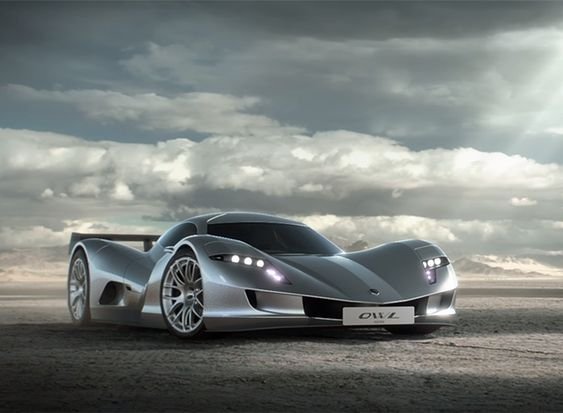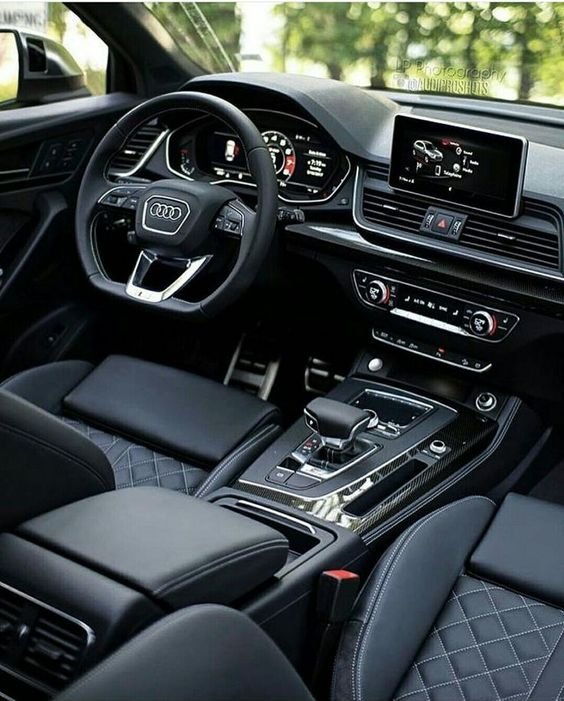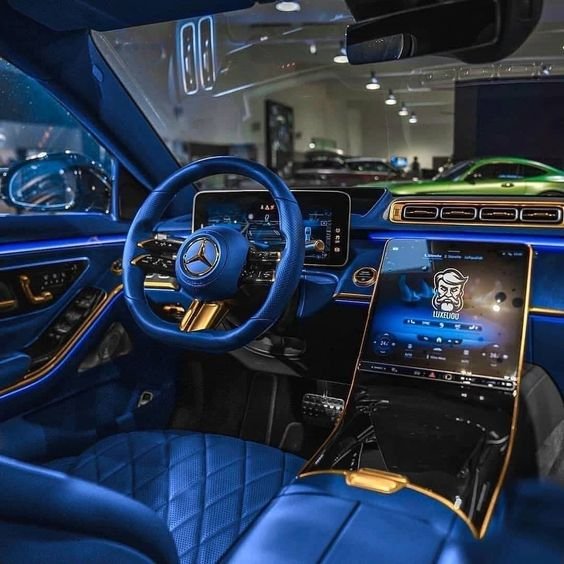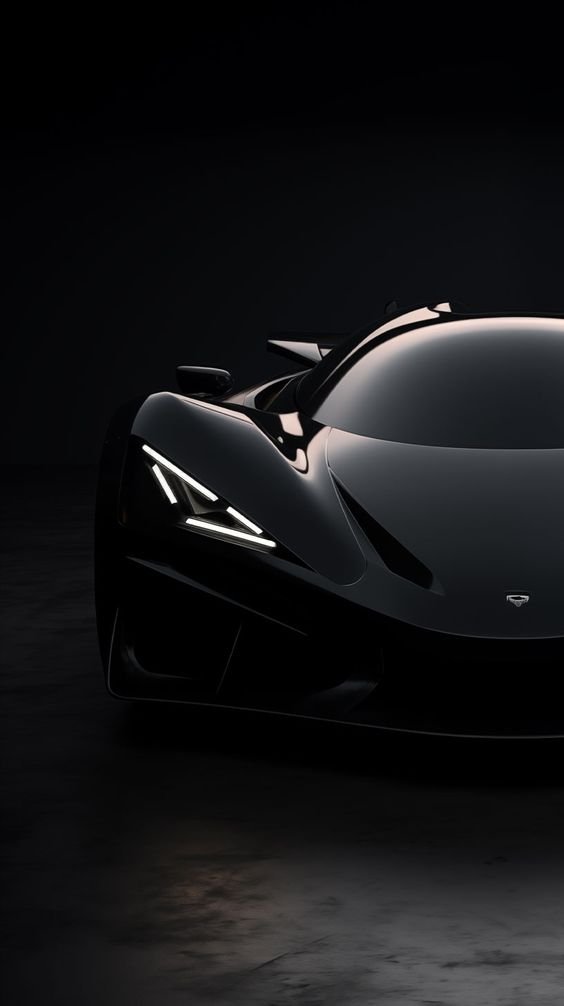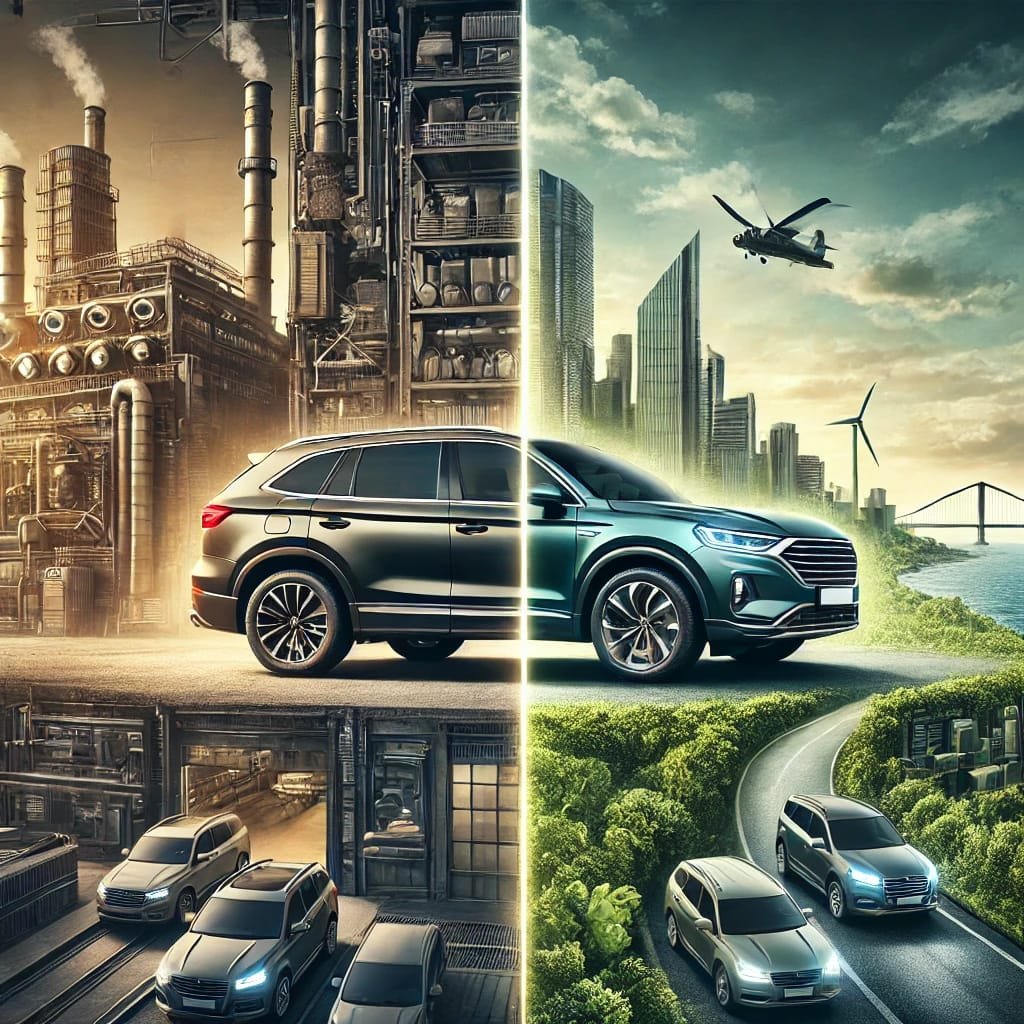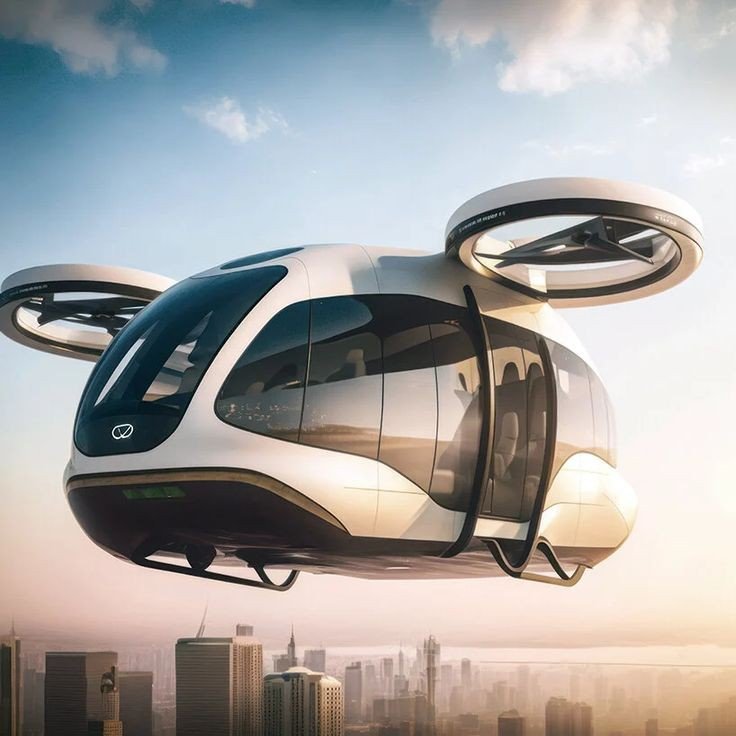
The concept of flying cars has captured the imagination of people for decades, often depicted in science fiction movies and literature as the ultimate solution to traffic congestion and urban mobility challenges. Today, technological advancements are bringing this vision closer to reality. Flying cars, also known as Vertical Take-Off and Landing (VTOL) vehicles, promise to revolutionize personal transportation by offering faster, more efficient, and versatile travel options. This detailed article explores the history, current developments, technological challenges, regulatory hurdles, potential benefits, and future prospects of flying cars.
1. History and Evolution of Flying Cars
Early Concepts and Prototypes
The idea of flying cars dates back to the early 20th century. One of the earliest prototypes was the “Aerocar,” designed by Moulton Taylor in the 1940s. Although it could both fly and drive, it never achieved commercial success due to technical limitations and regulatory challenges.
Aerocar: Introduced in 1949, the Aerocar could convert between a car and an aircraft. Only six units were built, and it failed to gain widespread adoption.
Curtiss Autoplane: In 1917, Glenn Curtiss developed the Autoplane, which resembled a biplane with detachable wings. It never went beyond the prototype stage.
Recent Developments
In the past decade, advancements in materials science, electric propulsion, and autonomous technologies have reignited interest in flying cars. Several companies and startups are developing VTOL vehicles that promise to make personal air travel a reality.
Terrafugia Transition: A roadable aircraft that can switch between driving and flying modes. It is one of the most advanced flying car prototypes, nearing commercial production.
Pal-V Liberty: A gyrocopter-style vehicle that can drive on roads and fly in the air. It has received regulatory approval in Europe and is set for commercial launch.
2. Technological Advancements
Electric Propulsion
One of the critical enablers for modern flying cars is the development of electric propulsion systems. These systems offer several advantages over traditional internal combustion engines, including lower emissions, reduced noise, and greater efficiency.
Battery Technology: Advances in lithium-ion batteries have increased energy density, allowing for longer flight times and greater range. Companies are also exploring solid-state batteries for
improved performance.
Electric Motors: High-efficiency electric motors provide the necessary thrust for VTOL operations. They are more reliable and easier to maintain than combustion engines.
Autonomous Systems
Autonomous flight systems are crucial for the safe and efficient operation of flying cars. These systems include advanced sensors, artificial intelligence (AI), and machine learning algorithms to enable self-piloting capabilities.
Collision Avoidance: Using radar, lidar, and cameras, flying cars can detect and avoid obstacles in real-time, ensuring safe navigation.
Flight Control Systems: Autonomous flight control systems manage takeoff, flight, and landing, reducing the need for pilot intervention and making air travel accessible to non-pilots.
Materials and Aerodynamics
The use of lightweight, high-strength materials, such as carbon fiber composites, enhances the performance and efficiency of flying cars. Improved aerodynamics also contribute to better fuel efficiency and stability.
Carbon Fiber Composites: These materials reduce the overall weight of the vehicle while maintaining structural integrity.
Aerodynamic Design: Optimized designs reduce drag and improve fuel efficiency, allowing for longer flights and better performance.
3. Current Players and Prototypes
Terrafugia Transition
The Terrafugia Transition is a hybrid-electric roadable aircraft developed by Terrafugia, a subsidiary of Geely, which also owns Volvo. The Transition can switch between driving and flying modes, offering a practical solution for personal air travel.
Specifications: The Transition can reach speeds of up to 100 mph in the air and 70 mph on the road. It has a flight range of around 400 miles.
Features: It includes a foldable wing design, advanced avionics, and safety features such as a parachute system.
AeroMobil
AeroMobil, a Slovak company, is developing a flying car that combines the features of a supercar with those of an aircraft. The AeroMobil 4.0 is designed for both driving and flying, with a focus on luxury and performance.
Specifications: It can reach speeds of up to 100 mph on the road and 224 mph in the air. It has a flight range of 460 miles.
Features: The vehicle includes advanced safety systems, a retractable wing design, and a luxurious interior.
Pal-V Liberty
The Pal-V Liberty is a gyrocopter-style flying car developed by the Dutch company Pal-V. It has received regulatory approval in Europe and is set for commercial launch.
Specifications: The Liberty can reach speeds of up to 100 mph on the road and 112 mph in the air. It has a flight range of 310 miles.
Features: It includes a dual-engine design, advanced avionics, and a unique gyrocopter mechanism for safe and stable flight.
4. Regulatory and Safety Challenges
Airspace Integration
Integrating flying cars into existing airspace is a significant challenge. Ensuring safe coexistence with traditional aircraft, drones, and other VTOL vehicles requires robust air traffic management systems.
Urban Air Mobility (UAM): Regulatory bodies are working on frameworks for Urban Air Mobility, which includes managing low-altitude air traffic and ensuring safe operations in densely populated areas.
Unmanned Traffic Management (UTM): UTM systems are being developed to manage the airspace for autonomous and piloted VTOL vehicles, ensuring safe and efficient operations.
Certification and Standards
Flying cars must meet rigorous safety and certification standards set by aviation authorities such as the Federal Aviation Administration (FAA) and the European Union Aviation Safety Agency (EASA).
Type Certification: Vehicles must undergo extensive testing to receive type certification, proving they meet safety and performance standards.
Operational Regulations: Establishing regulations for pilot training, vehicle maintenance, and operational procedures is crucial for ensuring the safety and reliability of flying cars.
Infrastructure Development
Developing the necessary infrastructure for flying cars, including vertiports (vertical airports), charging stations, and maintenance facilities, is essential for their widespread adoption.
Vertiports: Designated areas for takeoff, landing, and charging of VTOL vehicles are needed in urban and suburban areas.
Charging Stations: Efficient charging infrastructure is necessary to support electric propulsion systems and ensure quick turnaround times.
5. Potential Benefits
Reduced Traffic Congestion
Flying cars have the potential to alleviate traffic congestion in urban areas by providing an alternative mode of transportation that bypasses roadways.
Urban Air Mobility: By utilizing vertical takeoff and landing capabilities, flying cars can navigate through congested urban areas more efficiently than ground vehicles.
Environmental Impact
Electric flying cars produce zero emissions during flight, contributing to reduced air pollution and a smaller carbon footprint.
Sustainable Transportation: The use of electric propulsion and renewable energy sources can make flying cars a more sustainable transportation option compared to traditional combustion engines.
Increased Accessibility
Flying cars can provide greater accessibility to remote or hard-to-reach areas, improving connectivity and transportation options for people living in rural or underserved regions.
Emergency Services: Flying cars can be used for emergency medical services, disaster response, and other critical applications where traditional ground transportation is limited.
6. Future Prospects and Innovations
Autonomous Flying Cars
The development of fully autonomous flying cars is a key area of innovation. These vehicles would operate without human intervention, relying on advanced AI and machine learning algorithms for navigation and decision-making.
Safety and Efficiency: Autonomous systems can enhance safety by reducing human error and optimizing flight paths for efficiency.
Accessibility: Fully autonomous flying cars can make air travel accessible to a broader population, including those without pilot training.
Advanced Battery Technology
Continued advancements in battery technology, including the development of solid-state batteries, will improve the range, performance, and safety of electric flying cars.
Energy Density: Higher energy density batteries can provide longer flight times and greater range.
Safety: Solid-state batteries are more stable and less prone to overheating, reducing the risk of fires and improving overall safety.
Integration with Smart Cities
Flying cars can be integrated into the broader ecosystem of smart cities, leveraging IoT (Internet of Things) technology for real-time traffic management, energy optimization, and enhanced connectivity.
Smart Infrastructure: Integration with smart city infrastructure can optimize flight routes, reduce energy consumption, and enhance safety.
Connectivity: IoT technology enables seamless communication between flying cars, ground vehicles, and urban infrastructure, improving overall transportation efficiency.
Flying cars represent a transformative leap in personal transportation, offering the potential to revolutionize how we travel and connect with the world. While significant challenges remain in terms of technology, regulation, and infrastructure, the progress made in recent years is promising. As advancements continue and the regulatory framework evolves, flying cars could become a common mode of transportation, providing faster, more efficient, and environmentally friendly travel options. The future of personal transportation is taking flight, and flying cars are poised to play a central role in this exciting journey.
ALSO READ: Autonomous Driving: The Evolution of Self-Driving Cars


